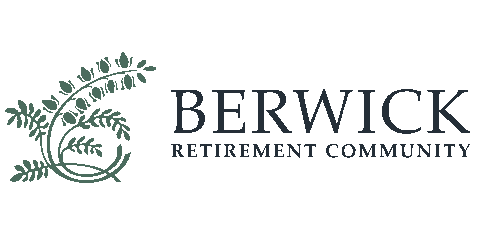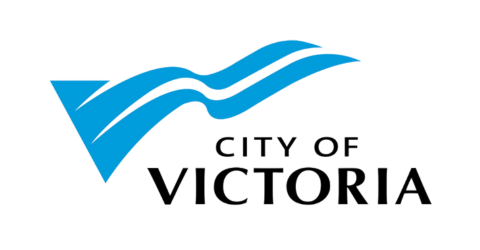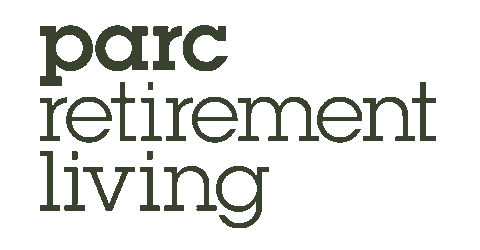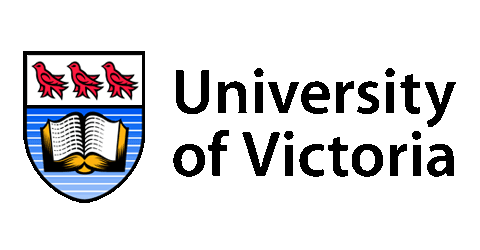Provincial deficit looms as Premier seeks fed funding
A day after admitting the provincial books are deeper in the red than initially forecast, BC’s Premier is in Ottawa seeking more cash from the federal government.
On Tuesday, BC Finance Minister Brenda Bailey updated the budget forecast to show a deficit of $11.6 billion for 2025. That’s $665 million more than expected. The deficit is forecast to rise to $12.6 billion next year and $12.3 billion in 2027-28.
The Chamber is calling on all levels of government to focus on needs and set aside wants until our financial circumstances improve.
“I’m hearing from our business community that times are tight and they are doing everything they can to streamline and live within their means,” Chamber CEO John Wilson said. “They expect governments to do the same with the taxes they collect from all of us.”
The province has committed to cutting back its spending, noting it was able to find $300 million in savings this year.
Premier David Eby said he’s pushing for more major infrastructure projects in BC, as well as urgent action to address public safety.
The Chamber applauds these steps, while acknowledging that patience has worn thin among the business community facing a crisis from public disorder and the crushing burden of red tape and taxes.
“I’ll keep saying it as long as I need to. Enough is enough,” Wilson said. “We’ve heard enough announcements without seeing adequate results. That needs to change.”
























